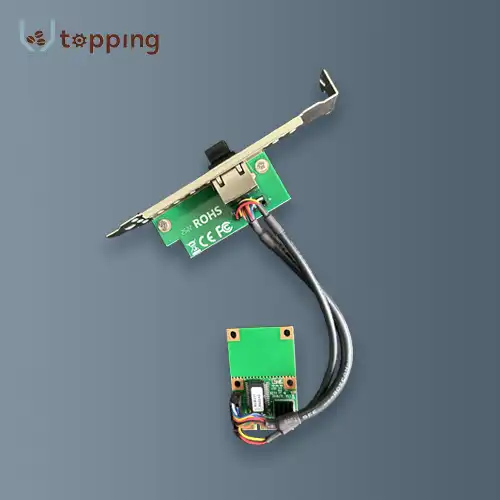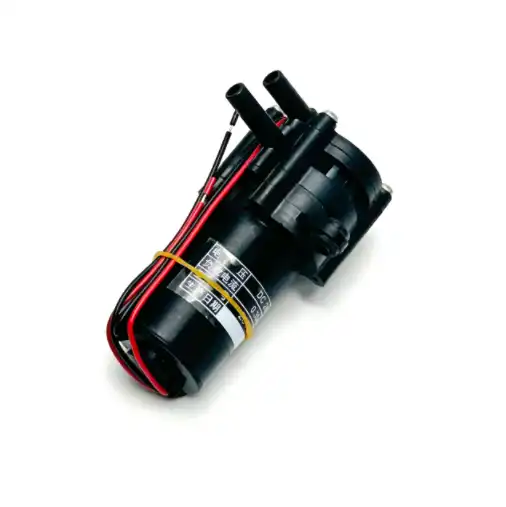How to evaluate the performance and stability of the Control Board For Vending Machine?
2024-09-06 11:55:06
Evaluating the performance and stability of a control board for a Control Board For Vending Machine is essential to ensure reliable operation, customer satisfaction, and cost-effective maintenance. Key factors to consider include usability and maintainability, software ecosystem and support, power consumption management, and thorough testing and simulation. By assessing these aspects, manufacturers can identify the best control board to meet their specific requirements, ensuring that the vending machine operates efficiently and remains dependable over its lifecycle. This guide provides a comprehensive overview of the criteria and methods to effectively evaluate control boards for vending machines.
Usability and Maintainability
When evaluating the performance and stability of a control board for vending machines, usability and maintainability are crucial factors to consider. These aspects not only affect the day-to-day operation of the vending machine but also impact long-term costs and efficiency.
Usability refers to how easy it is for operators and technicians to interact with the control board. A well-designed control board should have a user-friendly interface that allows for easy configuration, monitoring, and troubleshooting. This might include features like a clear LCD display, intuitive button layout, or even a touchscreen interface for more advanced models. The control board should provide clear feedback on machine status, inventory levels, and any error conditions, enabling quick identification and resolution of issues.
Maintainability is equally important, as it directly affects the long-term reliability and cost-effectiveness of the vending machine. A good control board should be designed with maintenance in mind, featuring modular components that can be easily replaced if necessary. This might include plug-and-play modules for different payment systems or easily accessible diagnostic ports for connecting external tools.
To evaluate usability and maintainability, consider conducting user tests with your technical staff. Have them perform common tasks like changing settings, diagnosing faults, and replacing components. Measure the time taken and note any difficulties encountered. Also, review the documentation provided with the control board. Comprehensive, clear documentation is crucial for effective long-term maintenance.
Another aspect of maintainability is the ability to perform software updates. The control board should have a straightforward and secure method for updating its firmware or software. This ensures that the vending machine can benefit from new features, bug fixes, and security patches over time. Some advanced control boards even offer remote update capabilities, which can significantly reduce maintenance costs for large deployments.
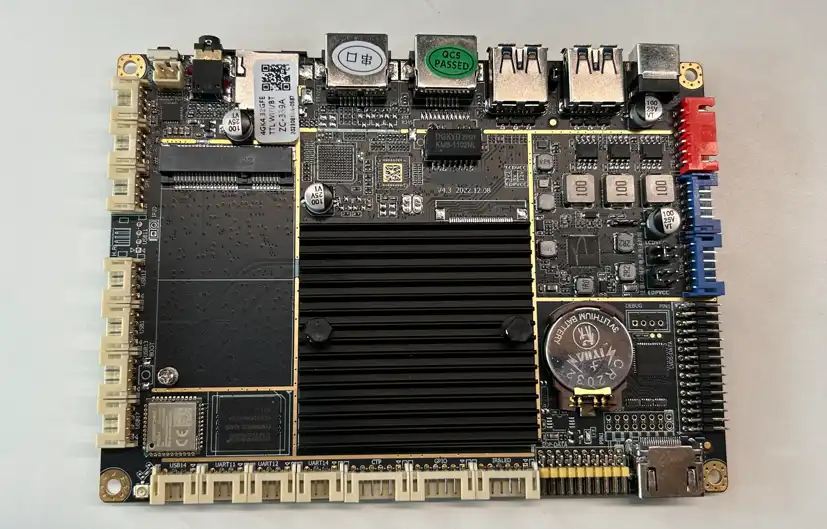
Software Ecosystem and Support
The software ecosystem and support available for a vending machine control board play a significant role in its overall performance and stability. A robust software ecosystem can enhance the functionality of the control board, while good support ensures that any issues can be quickly resolved.
When evaluating the software ecosystem, consider the operating system and development environment used by the control board. Popular choices include embedded Linux distributions or real-time operating systems (RTOS) like FreeRTOS. These platforms often have large communities of developers and a wealth of available libraries and tools, which can be beneficial when developing custom features or integrating with other systems.
Look for control boards that offer Software Development Kits (SDKs) or Application Programming Interfaces (APIs). These tools can greatly simplify the process of developing custom software for the vending machine, allowing you to add unique features or integrate with your existing business systems. The quality and comprehensiveness of the documentation for these development tools are also crucial factors to consider.
Support is another critical aspect to evaluate. This includes both technical support from the manufacturer and community support. Check if the manufacturer offers responsive customer service, regular software updates, and access to technical resources. Community support, often found in forums or open-source projects, can be invaluable for solving uncommon issues or sharing best practices.
Consider the long-term viability of the software platform as well. Vending machines often have a lifespan of several years, so it's important to choose a control board with a software ecosystem that is likely to be supported and updated throughout the machine's lifetime. Look for platforms with a track record of long-term support and a clear roadmap for future development.
Power Consumption Management
Effective power consumption management is a critical factor in evaluating the performance and stability of a Control Board For Vending Machine. Efficient power management not only reduces operating costs but also contributes to the overall reliability and longevity of the vending machine.
When assessing power consumption management, look for control boards that offer multiple power states. These might include a full-power operational state, a low-power standby state for periods of inactivity, and possibly intermediate states for different levels of functionality. The ability to dynamically switch between these states based on usage patterns can significantly reduce overall power consumption.
Advanced control boards might offer features like scheduled power management, where different components of the vending machine are powered down or up based on predetermined schedules. For example, cooling systems might be run at lower power during off-peak hours, or lighting systems might be dimmed when the machine is not in use.
It's also important to evaluate how the control board manages power to peripheral devices. Look for features like intelligent power distribution, where the control board can selectively power on only the necessary components for each operation. This can include powering up the payment system only when a transaction is initiated, or activating dispensing mechanisms only when needed.
To quantitatively assess power consumption, consider using power monitoring tools to measure the energy usage of the control board under various operating conditions. Compare these measurements across different control board options and against industry benchmarks. Remember to factor in the local cost of electricity when calculating the long-term operational costs associated with each control board's power consumption.
Testing and Simulation
Thorough testing and simulation are essential steps in evaluating the performance and stability of a Control Board For Vending Machine. These processes help identify potential issues before deployment and ensure that the control board can handle a wide range of operational scenarios.
Start with basic functional testing, verifying that all features of the control board work as expected. This includes testing user interfaces, payment processing, product dispensing mechanisms, and any additional features like telemetry or remote management capabilities. Develop a comprehensive test plan that covers all aspects of the control board's functionality.
Stress testing is crucial for assessing stability. This involves pushing the control board to its limits by simulating high-load scenarios. For example, you might simulate rapid consecutive transactions, multiple simultaneous user interactions, or operation under extreme temperature conditions. The control board should be able to handle these stress conditions without crashing, freezing, or exhibiting erratic behavior.
Longevity testing is also important, given that vending machines often operate continuously for extended periods. Set up a test environment where the control board can run for several days or weeks without interruption, simulating real-world usage patterns. Monitor for any degradation in performance or stability over time.
For more advanced evaluation, consider using hardware-in-the-loop (HIL) simulation. This involves connecting the control board to a simulation system that can emulate the various sensors, actuators, and other components of a vending machine. HIL simulation allows for testing a wide range of scenarios, including error conditions that might be difficult or dangerous to replicate with actual hardware.
Finally, field testing in real-world environments is invaluable. Deploy prototype or pilot units with the control board in various locations that represent your target market. This allows you to gather data on performance and stability under actual operating conditions, including factors like varying environmental conditions, user behavior patterns, and network connectivity issues.
Control Board For Vending Machine Supplier
Topping Motor focuses on OEM and ODM solutions, providing one-stop standard service, fast delivery and careful packaging.. If you are choosing your Control Board For Vending Machine supplier, welcome to contact us at sales@huan-tai.org.
References
1. National Automatic Merchandising Association. (2023). Vending Machine Technical Standards.
2. IEEE. (2022). IEEE 1934-2018 - IEEE Standard for Adoption of OpenFog Reference Architecture for Fog Computing.
3. Embedded Systems Programming. (2023). Power Management Techniques for Embedded Systems.
4. National Instruments. (2023). What Is Hardware-in-the-Loop?
5. ISO. (2018). ISO 9001:2015 Quality management systems — Requirements.
6. Electrical Safety Foundation International. (2023). Vending Machine Safety.
Send Inquiry
Related Industry Knowledge
- How should I choose the right O Rings for my model of coffee machine?
- Universal control board for vending machine
- What Types of Motors Are Used in Coffee Grinders?
- What is a coffee dispenser?
- Vending Machine Control Board Repair
- How does a Vending Machine Spiral Motor work?
- How to evaluate the performance and stability of the Control Board For Vending Machine?
- How Do You Clean a Plastic Coffee Hopper?
- Coffee machine pump not working
- Do espresso machines have built-in grinders?

.webp)
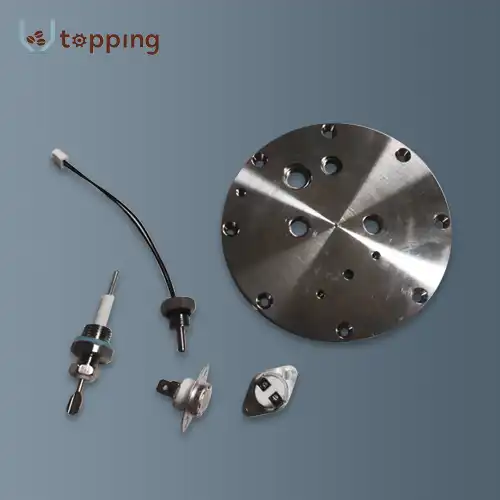

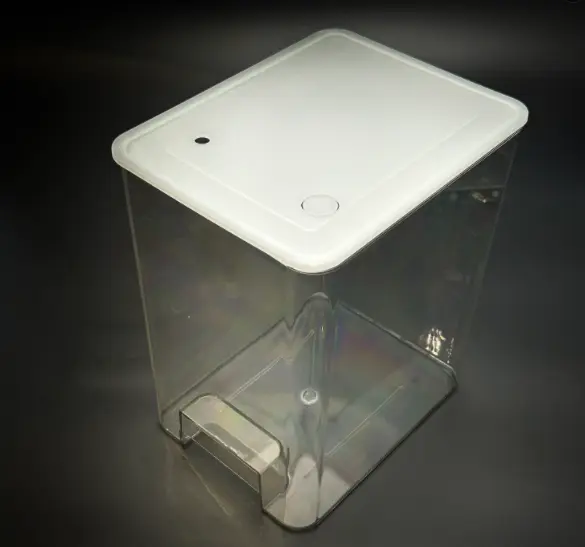
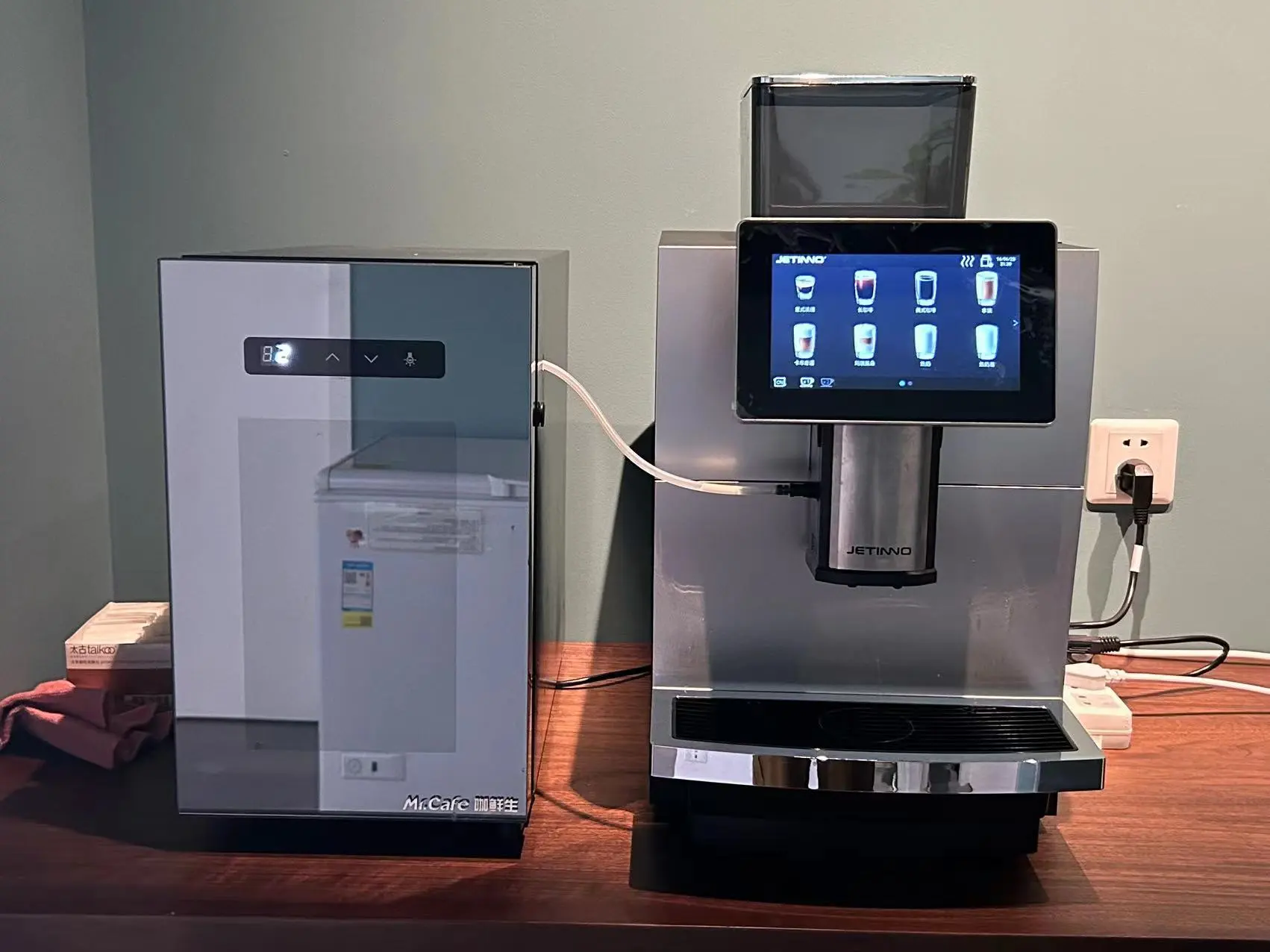
.webp)
